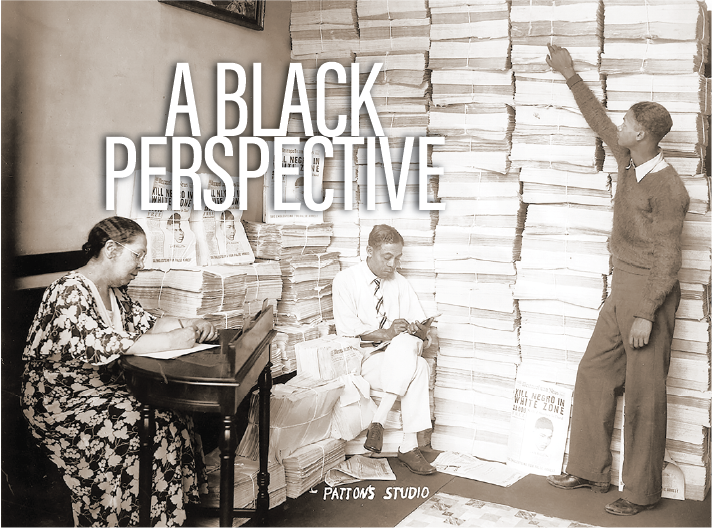To celebrate the launch of The Black Lens, we look back at the contributions of prominent African American newspapers from the 1800s to today.
Press Pioneers
The North Star

Named after the star used to lead slaves to freedom in the North, The North Star was the most influential African American newspaper in antebellum America. It served as both a platform for social justice and education on every facet of slavery and anti-slavery movements through the United States.
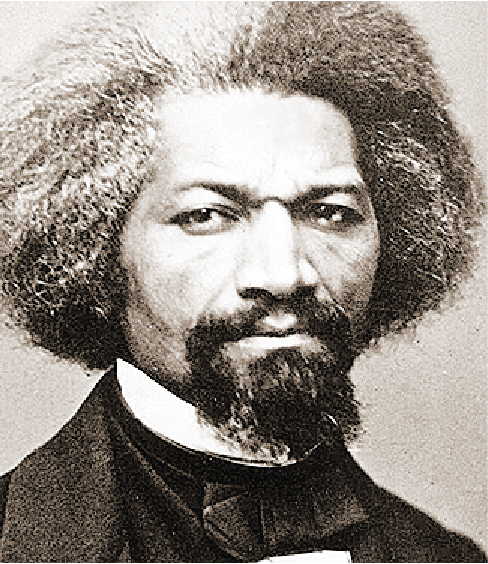
Born into slavery in Maryland sometime around 1818, Frederick Douglass learned to write on his own at an early age. Escaping servitude and making it to Massachusetts, Douglass was invited often to speak about his experiences as a slave. He established The North Star newspaper, inspired by how reading the spress had informed him as a child.
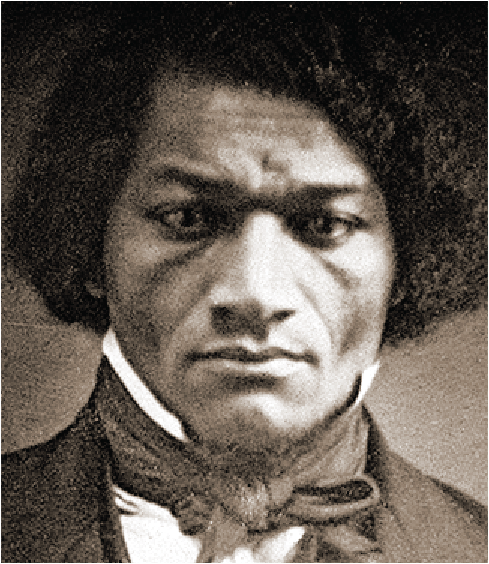
After his career in journalism, Douglass advised presidents Abraham Lincoln and Andrew Jackson on Black soldiers and Black suffrage within the states. He frequently wrote poignant letters, advocating for the advancement of African American' freedoms throughout the country. He also held a number of public positions.
Trailblazing Voices


Acting on reports from The North Star and William Lloyd Garrison's Liberator of mass wealth in the west, many African Americans moved across the country hoping for success. As they arrived in the new states, so did their own newspapers, with local papers being established by African American leaders throughout California and the frontier in order to guide new Black settlers arriving hot on the trails of the gold rush. These papers helped Black newcomers find jobs, safe communities and opportunity throughout the racially charged enviornment of early California.
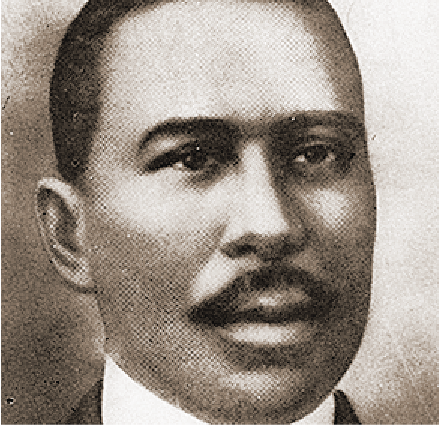
Founded by John J. Neimore in 1879, the California Owl was dreamed up to help provide urgent information to other African American settlers arriving into California. The Calif ornia Owl was later renamed to the Eagle then the California Eagle. It operated until 1964, becoming the largest Black newspaper in California. After California had settled, the California Eagle highlighted important issues in the L.A. community, as well as mounting state and federal challenges.
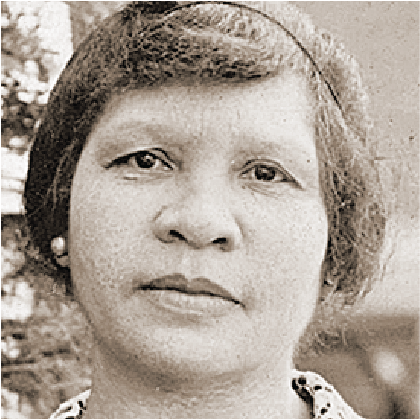
University of Southern California Library
“The two-headed monster, segregation and discimination,” is what Charlotta Bass, the editor of the California Eagle after Neimore, vowed to fight. She ran the newspaper for 39 years, using it as a platform for education and advocacy. Bass became the first African American woman to run for vice president and ran for congress several times in L.A.
Jazz Age Journalism

Black journalism flourished in the early 20th century, as civil rights movements steadily became more mainstream. Such papers of the time like the Chicago Defender or Pittsburgh Courier not only educated on issues within the Black community, but through A&E, and then-dubbed “society” pages provided an uplifting spirit of what Black culture could be, celebrating new African American music like blues 'n' jazz.
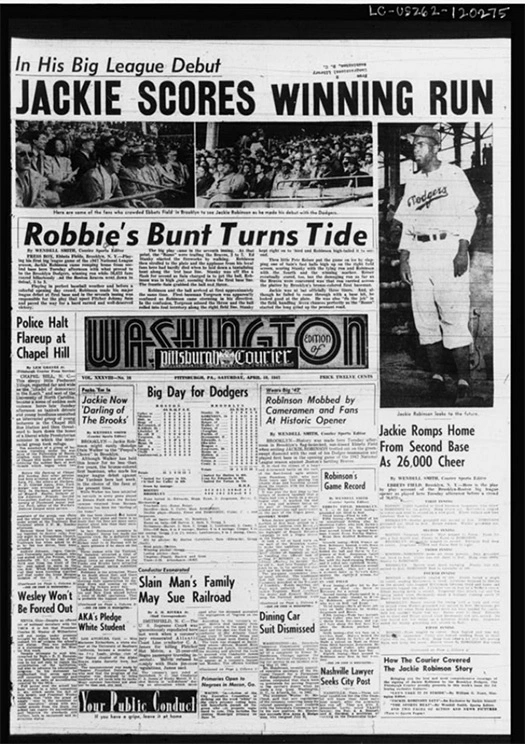
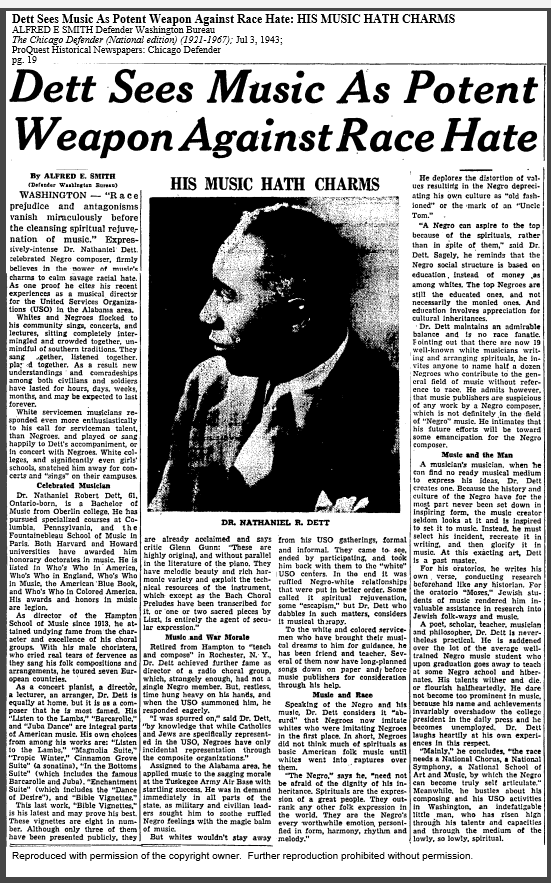
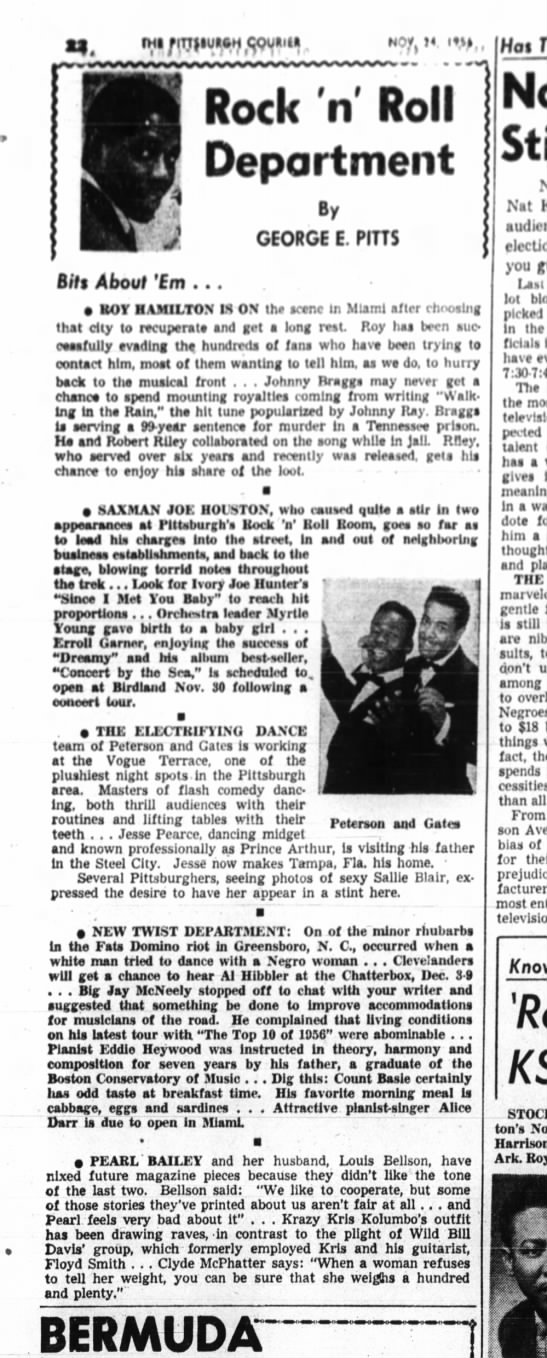
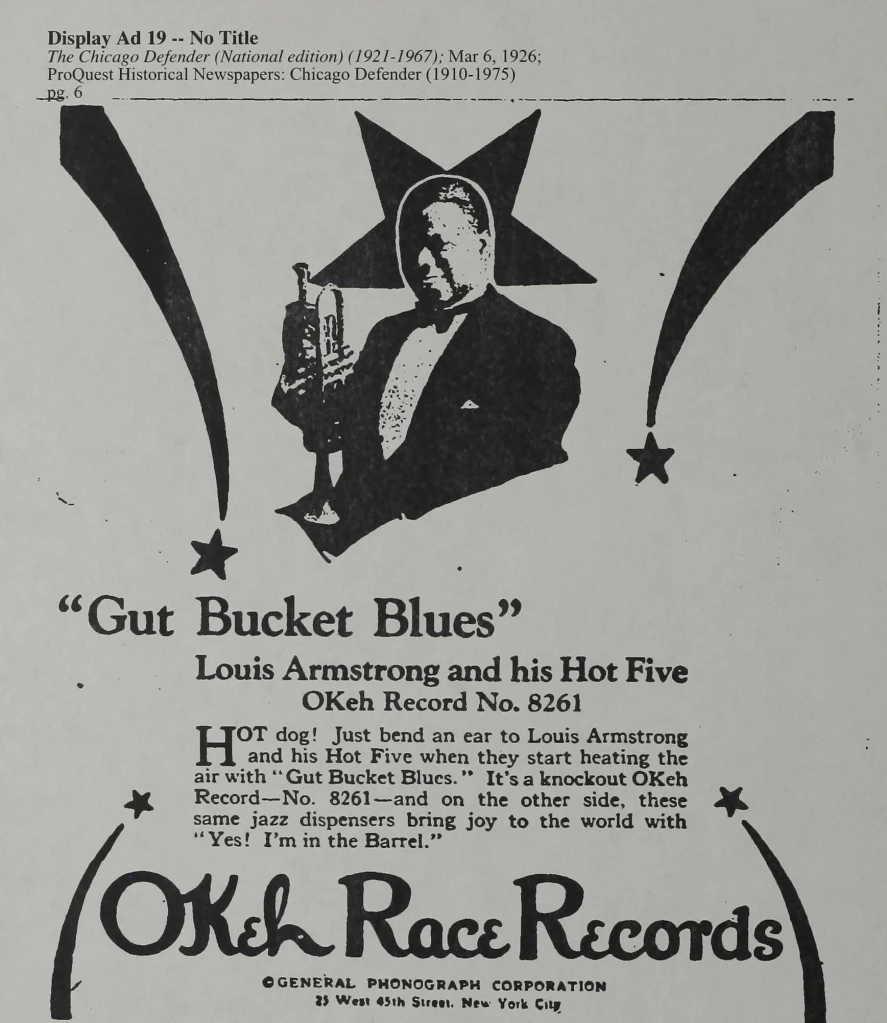
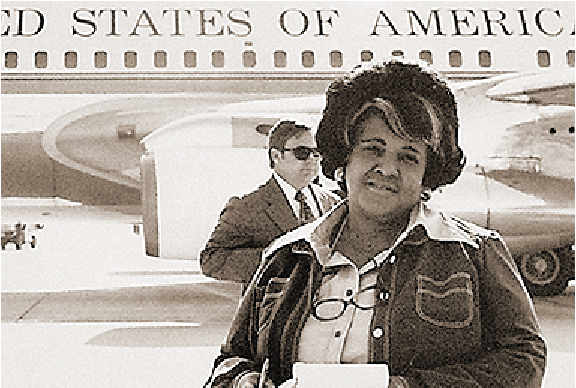
Library of Congress
Among the most influential writers at the Chicago Defender was Ethel Payne, who became the first Black woman to become a member of the White House press corps. She gained a reputation for asking tough questions and covered brutal wars, from Korea to Vietnam, giving these global events a local eye.
The Impact of Jet
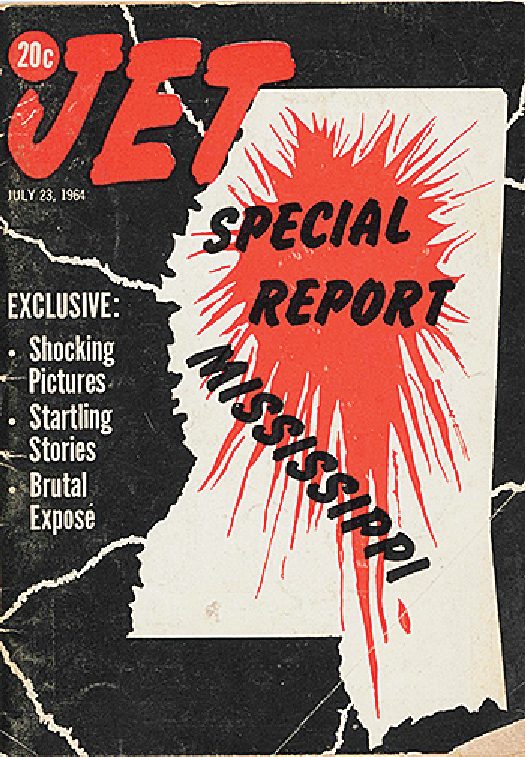
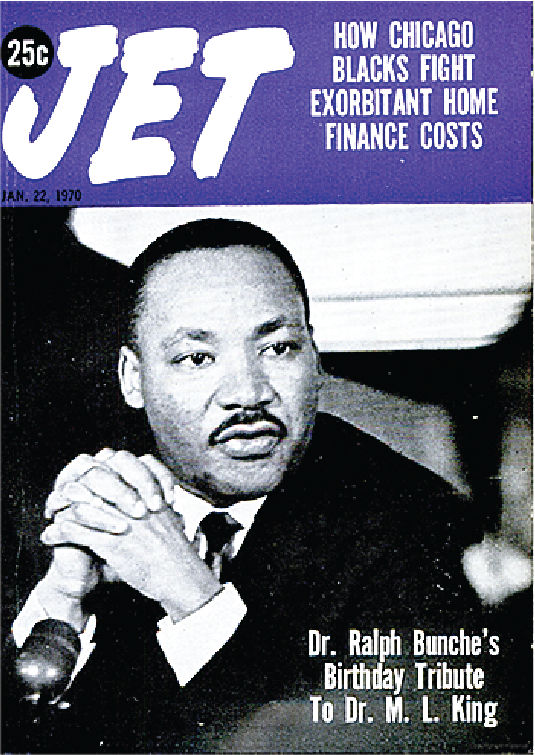
JET magazine was founded within the 1950s, a period of growth and celebrations, before Vietnam came. The magazine was named “JET,” after both the distinct black color, and the jet engine allowing new levels of speed in the '50s.
The magazine grew like wildfire in popularity, reaching up to 900,000 readers with its weekly circulation. It was seemingly everywhere, according to its reader - it was at salons, coffee shops, work. Wherever Americans went, JET magazine came with.
Unlike the common tabloids of today, JET was considered a fairly respectable medium of news. It grew famous for its extensive coverage of Emmett Till's lynching and murder. With daring photographers, capturing exclusive glimpses into the Civil Rights movement. JET became the go-to source for Black news for many African Americans.
It also helped to unify Black culture, covering prominent Black models and actresses in an effort to bring Black beauty to the mainstream of society. it joined alongside coverage of growing Black artists such as Marvin Gaye.
